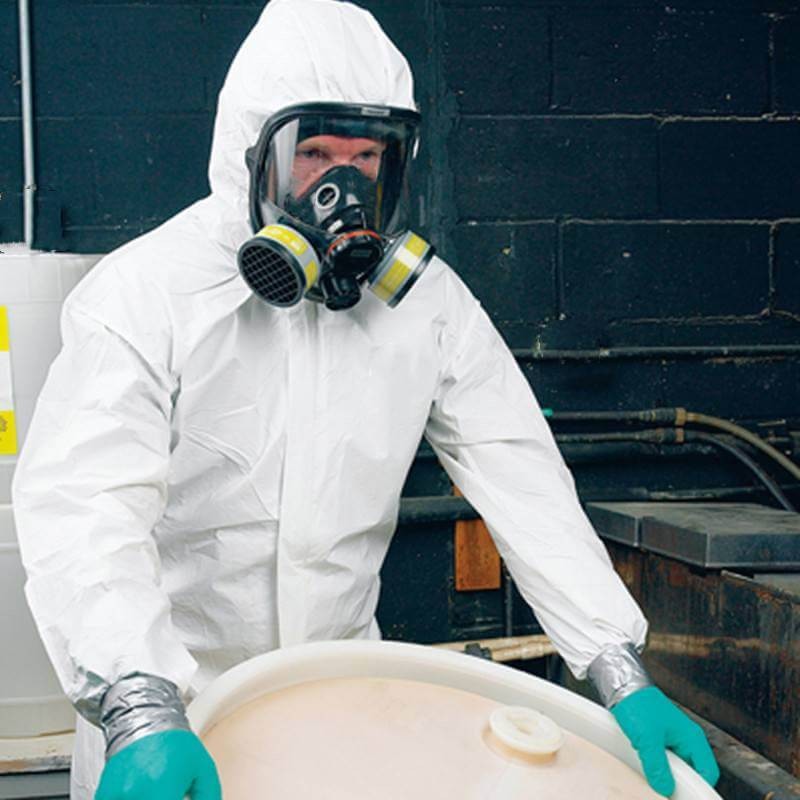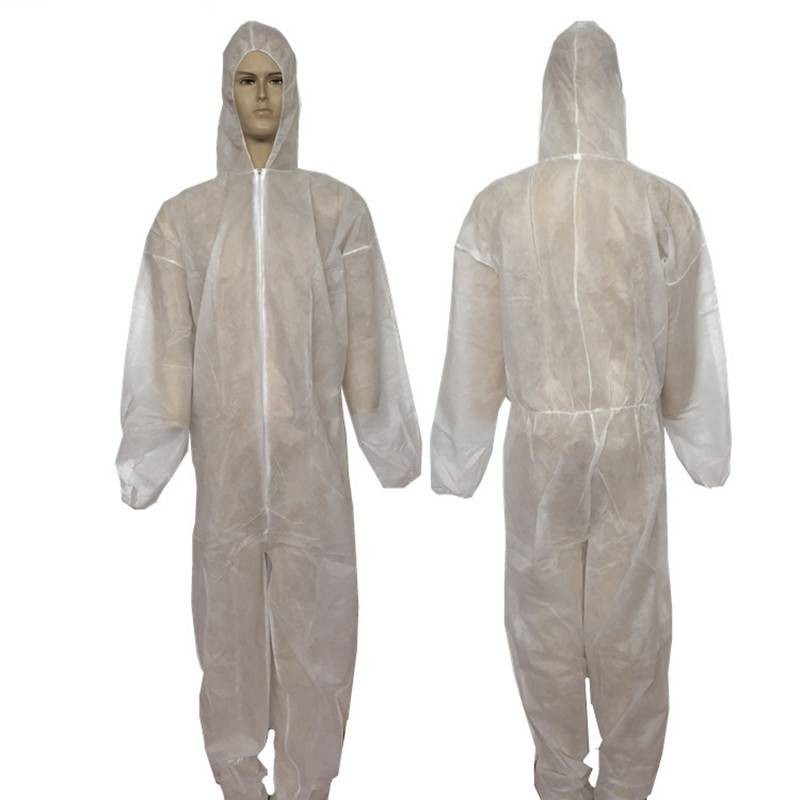Disposable isolation gowns are critical for ensuring safety in medical, industrial, and other high-risk environments. The choice of material plays a vital role in their effectiveness, with different materials offering unique features suitable for specific applications.
Types of Disposable Isolation Gown Materials
1. Medical Isolation Gown Materials:
- Non-Woven Disposable Surgical Isolation Gown: Made of melt-blown or hot air cloth, these gowns are breathable, wear-resistant, non-toxic, tasteless, and cost-effective. They are the most common material used in medical settings.
- SMS Disposable Medical Gown: Composed of polypropylene fiber, non-woven fabric, and melt-blown cloth, SMS material offers excellent breathability, waterproofing, anti-static properties, oil resistance, and corrosion resistance. It is a higher-priced option but provides superior protection.
- Polyethylene Medical Isolation Gown: This material is either pure polyethylene or a composite with other materials. While less breathable, it is highly waterproof and can be coated with a protective layer.
- EPDM Disposable Medical Gown: Known for its high strength, waterproofing, and breathability, this material is suitable for highly hazardous medical environments, though it is more expensive.
2. Industrial Isolation Gown Materials:
- PVC Material: Offers excellent waterproofing and protection against dangerous liquids and chemicals. However, it lacks breathability.
- PEVA Material: Combines waterproofing, breathability, acid and alkali resistance, radiation protection, and anti-static properties. Its price is relatively high.
- Protective Cloth: This material, made of anti-static polyester fiber, carbon wire, or metal wire, effectively prevents static electricity-induced fires and explosions.
Key Differences Between Medical and Industrial Isolation Gowns:
- Medical Gowns: Prioritize breathability and wear resistance to ensure comfort and protection during extended use.
- Industrial Gowns: Focus on waterproofing and chemical resistance to provide protection in hazardous environments.
Regardless of the material, all isolation gowns must meet safety standards and regulatory requirements to ensure their effectiveness in providing protection.




